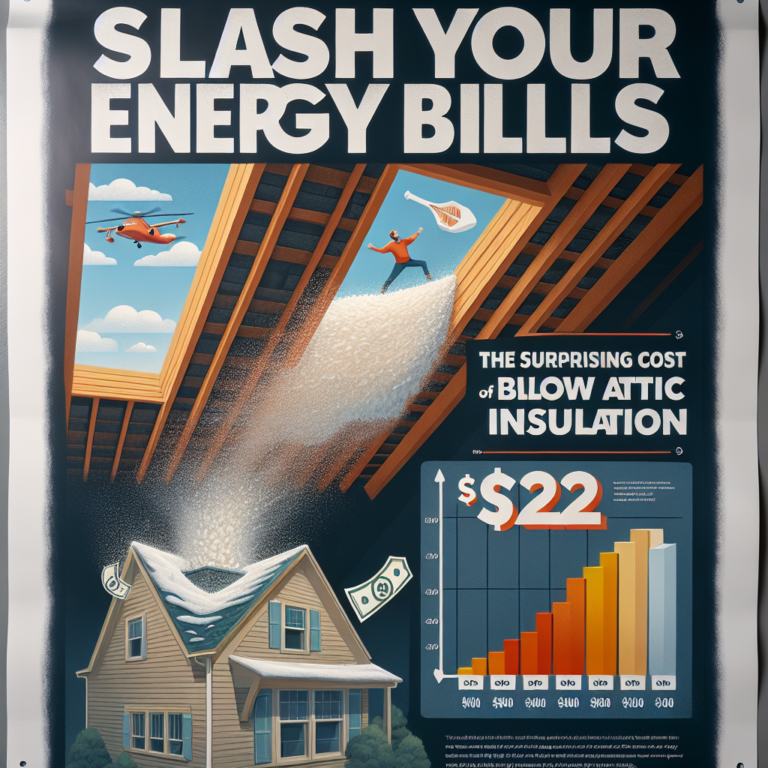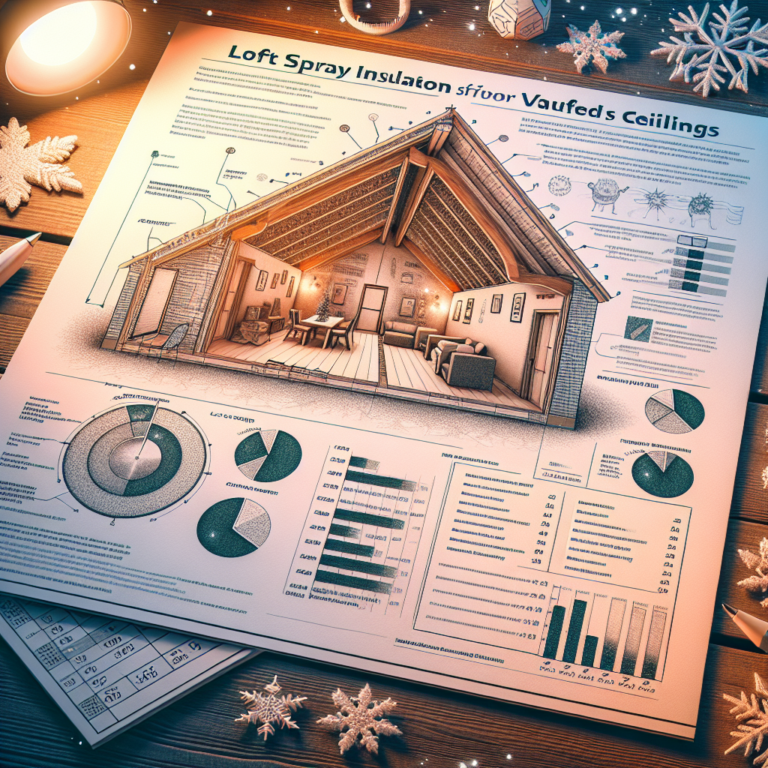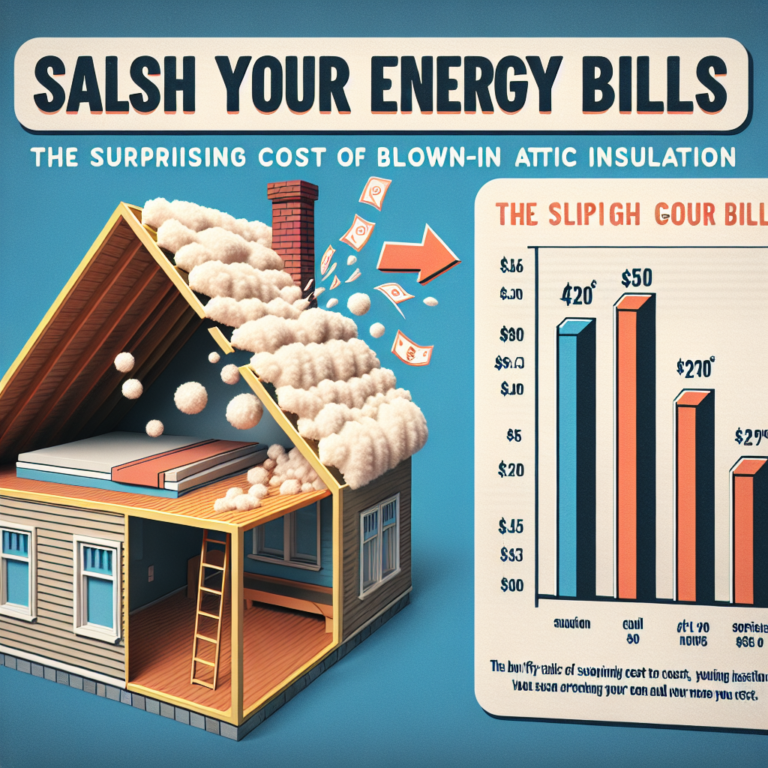Save Money and Stay Warm: The Average Cost to Have Insulation Blown In
Introduction
Investing in blown-in insulation is one of the smartest moves you can make to boost comfort and cut heating and cooling bills. Unlike traditional batt insulation, blown-in insulation fills every nook and cranny, sealing out drafts and stabilizing indoor temperatures. But how much does it cost to have insulation blown in? In this article, we’ll break down the average cost, explain what drives prices up or down, and share tips for getting the best value on blown-in insulation.
H2: What Is Blown-In Insulation and Why Choose It?
Blown-in insulation—also called loose-fill insulation—is made of tiny fibers (usually fiberglass, cellulose, or mineral wool) that are installed with a special machine. The result is a seamless thermal barrier that:
• Conforms to irregular spaces and hard-to-reach corners
• Has a high R-value per inch for superior energy savings
• Resists settling and maintains performance over time
• Can be installed quickly, minimizing labor costs
This combination of efficiency, coverage and speed has made blown-in insulation a top pick for attics, wall cavities and retrofit projects.
H2: Factors Affecting the Cost of Blown-In Insulation
Several elements influence what you’ll pay to have insulation blown in:
1. Insulation Material
– Fiberglass: $0.50–$1.00 per sq. ft.
– Cellulose (recycled paper): $1.00–$1.50 per sq. ft.
– Mineral Wool: $1.50–$2.00 per sq. ft.
2. Square Footage and Depth
A typical 1,500 sq. ft. attic can cost between $1,500 and $3,000. Larger areas or thicker recommended depths to achieve higher R-values will push costs higher.
3. Existing Insulation Removal
If old, damaged insulation must be removed, add $1.00–$2.00 per sq. ft. to cover labor and disposal.
4. Accessibility and Home Layout
Steep or narrow attics, high ceilings and multi-story walls make installation more labor-intensive and raise the price.
5. Regional Labor Rates
Installation rates vary by region—urban areas often carry higher labor costs than rural locales.
H2: Comparing Blown-In Insulation to Other Insulation Types
How does blown-in insulation stack up against batt and spray foam options?
• Fiberglass Batt Insulation
– Avg. cost: $1.50 per sq. ft. installed
– Pros: Low material cost, DIY-friendly
– Cons: Gaps around wires and pipes, more labor to fit properly
• Spray Foam Insulation
– Avg. cost: $2.50–$4.00 per sq. ft. installed
– Pros: Exceptional air sealing, highest R-value
– Cons: Premium price, requires specialized applicators
• Blown-In Insulation
– Avg. cost: $1.00–$2.00 per sq. ft. installed
– Pros: Excellent gap coverage, moderate cost, fast installation
Overall, blown-in insulation often delivers the best balance of affordability, performance and ease of installation.
H2: How to Lower Your Blown-In Insulation Costs
1. Shop Multiple Contractors
Obtain at least three quotes. Look beyond the bottom line—verify each installer’s credentials and warranty offerings.
2. Bundle Upgrades
If you’re sealing air leaks or replacing ductwork, do it at the same time. Contractors may offer package discounts.
3. Prepare the Space
Clear debris, move stored items and ensure easy attic access. You’ll save on labor time and could see a lower overall estimate.
4. Take Advantage of Incentives
Check federal, state and local energy-efficiency rebates. Many utility companies offer cash back for insulation upgrades.
5. Buy Materials Yourself
If you’re confident in your measurements, purchasing loose-fill insulation directly from suppliers can eliminate contractor markups—just confirm the required product type beforehand.
H2: Conclusion
When you compare the up-front investment to long-term energy savings, blown-in insulation pays for itself quickly through lower utility bills and improved home comfort. On average, homeowners spend between $1,500 and $3,000 to have insulation blown in, but your final cost will hinge on material choice, project size and local labor rates. By understanding the factors that affect pricing and following our money-saving tips, you can secure an energy upgrade that keeps your home warm in winter, cool in summer and your pocketbook a little heavier. Invest wisely in blown-in insulation today—and enjoy a cozier, more efficient home tomorrow.












